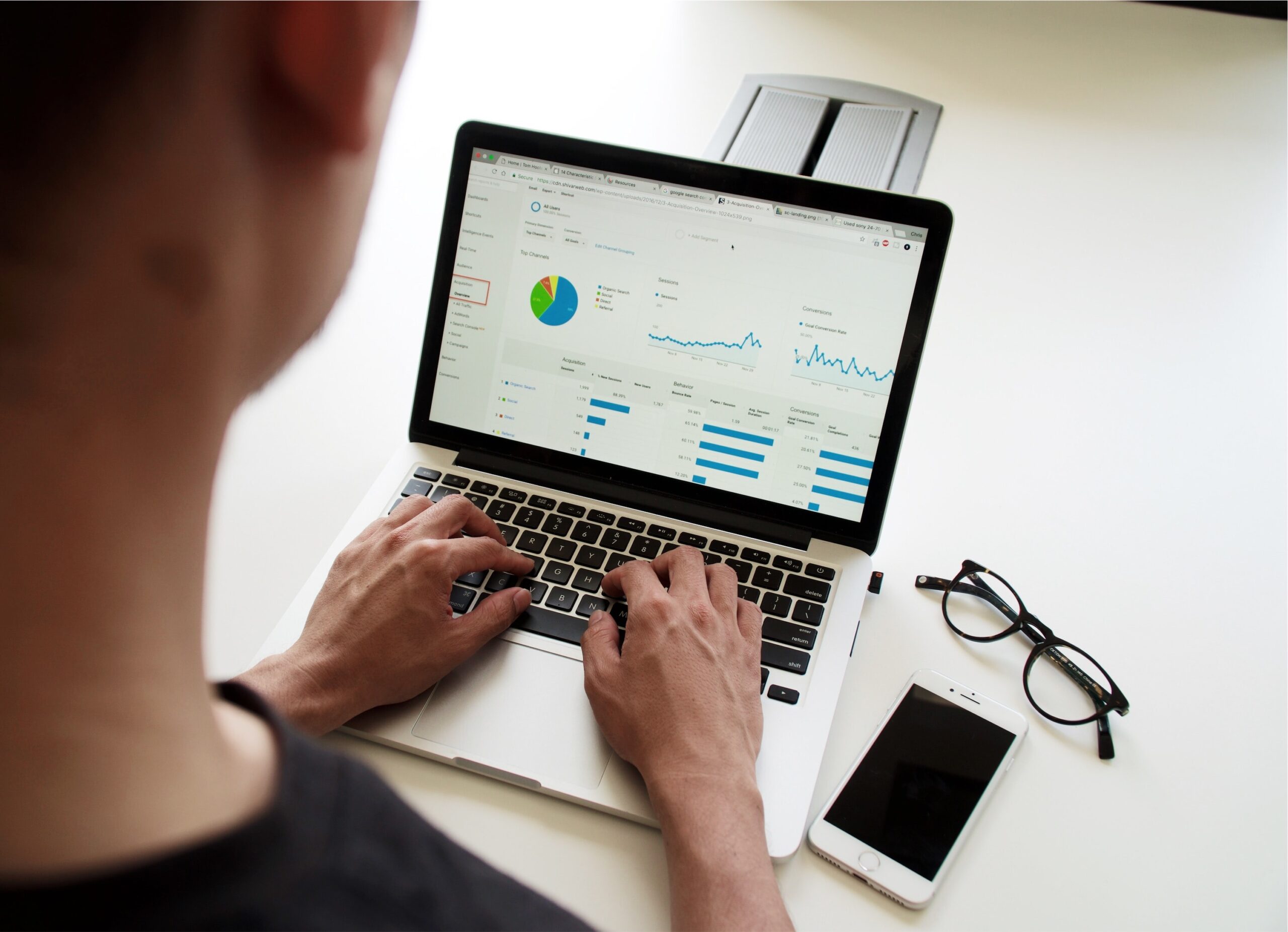The omnichannel way is the only way
Many digital and traditional store companies employ un-optimized marketing strategies. These strategies usually deploy several marketing campaigns geared towards customer acquisition and retention. However, many of these campaigns are disjoint in the customer’s journey, from awareness to repeat purchases. In recent years, we have noticed both parties (digital and traditional stores) making moves to maximize their return on marketing budgets with the use of omnichannel marketing.
For example, Amazon purchased Whole Foods for USD 13.7 billion despite already owning Amazon Fresh. Its incumbent Walmart, the largest retailing company that has about 12,000 stores across 28 countries, acquired a menswear e-commerce platform Bonobos for a whopping USD 310 million. The symbiosis between online and offline channels is certainly the future.
A recent study by Harvard Business Review looked into the behavior of 46,00 customers of a major US company. Interestingly, 73% of the customers used multiple channels in their shopping journey. Brick-and-motor stores are continuously getting into e-commerce. On the other end of the spectrum, pre-eminent e-commerce companies are also getting into the brick-and-motor space.
Omnichannel combines the best of both worlds. As compared to stand-alone marketing campaigns, there is enhanced sharing of useful data, improved customer experience and convenience. Omnichannel companies allow customers to read specifications of products online before purchase and then walk into a store to make the purchase. After all, shopping in-store is a social experience. Bearing in mind that omnichannel retailers are generally twice profitable compared to their incumbents, more and more companies are going omnichannel.
What is omnichannel?
The term “omnichannel may be a beaten-to-death buzzword by now, but its significance of it has never waned. However, what exactly is omnichannel? Going omnichannel means there is a seamless integration of all the sales channels: in-store, online and mobile. The company has a “fully integrated view of sales, inventory and customer data.” This enables a smooth transition of the customer from one channel to the other over their purchase journey.
One of the imperatives of omnichannel marketing is a personalized customer experience. This can be done with relative ease online using apps and the web. Companies have invested in personalization software such as Adobe Target. The use of this software helped companies unlock USD 165 billion and delivered personalization to 73.4 million visitors in 2019. Online personalization works. However, delivering personalization at a physical store is slightly cumbersome. Assuming the customer started their customer journey online, how then do we ensure a more personalized service at the physical store?
Personalizing the physical store experience
We’ve all walked into a store and have been greeted by huge displays. While they are quite efficient at capturing our attention, the content lack personalization. To provide the in-store product personalization based on the customer’s shopping habits, the retailer needs to take into account the three steps outlined.
The three steps to the omnichannel experience
- Customer detection
The journey of an in-store personalized experience starts with the store detecting the presence of the customer. The customer needs to have installed an app from the retailer and consented to opt-in location tracking. Retailers have the responsibility to convince the users to trust their access to location data and in turn, provide a more personalized and frictionless experience.
Once the customer opts in, technologies such as geo-fencing, Bluetooth beacons as well ultra-wideband (UWB) give retailers the power to locate the customer around a point of interest (POI) such as the retail shop (referred to as geo-fencing). Adobe Experience Platform Location Services allows retailers to detect their customers with precision within 10 meters of their POI.
Bluetooth beacons can detect the customers at the store’s doors as they enter the store. Estimote beacons can locate a customer with an accuracy of 1 to 5 meters.
Lastly, the customer can be detected around a specific product shelf using UWB signals. UWB requires a specific chip to be installed in smartphones. While Samsung and Huawei are still working on it, Apple has been able to offer a smartphone that already has a U1 chip. The accuracy of UWB is very few centimetres.
- Access to the customer’s profile in real-time
The store needs to then access the customer’s data. This data includes previous purchases, products that were previously viewed, their age, gender and any other predetermined relevant data point.
- Display relevant offers
The last step is to instruct in-store displays to show customized offers and products that the customer will be interested in.
With tools such as Adobe Experience Platform, retailers can now easily take advantage of new technologies that will enhance in-store customer experience and keep them coming for more.
Author: Dickson Ndoro


